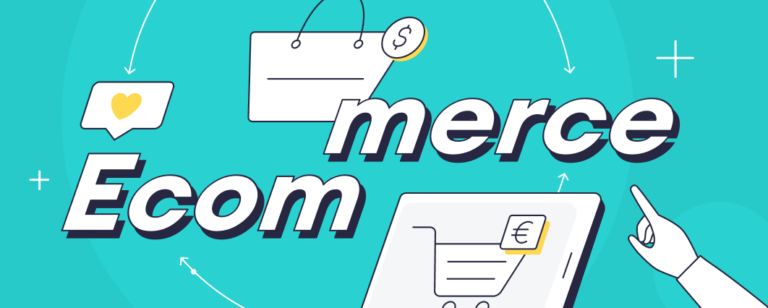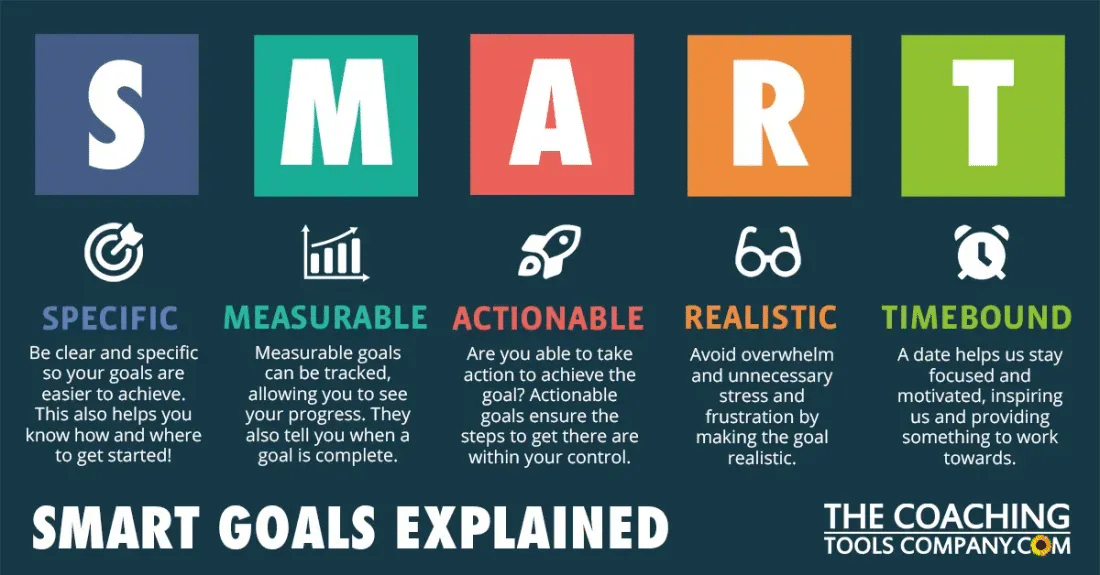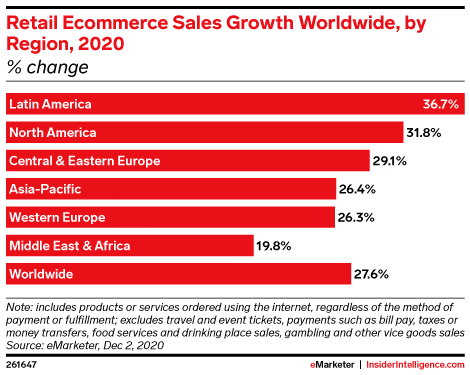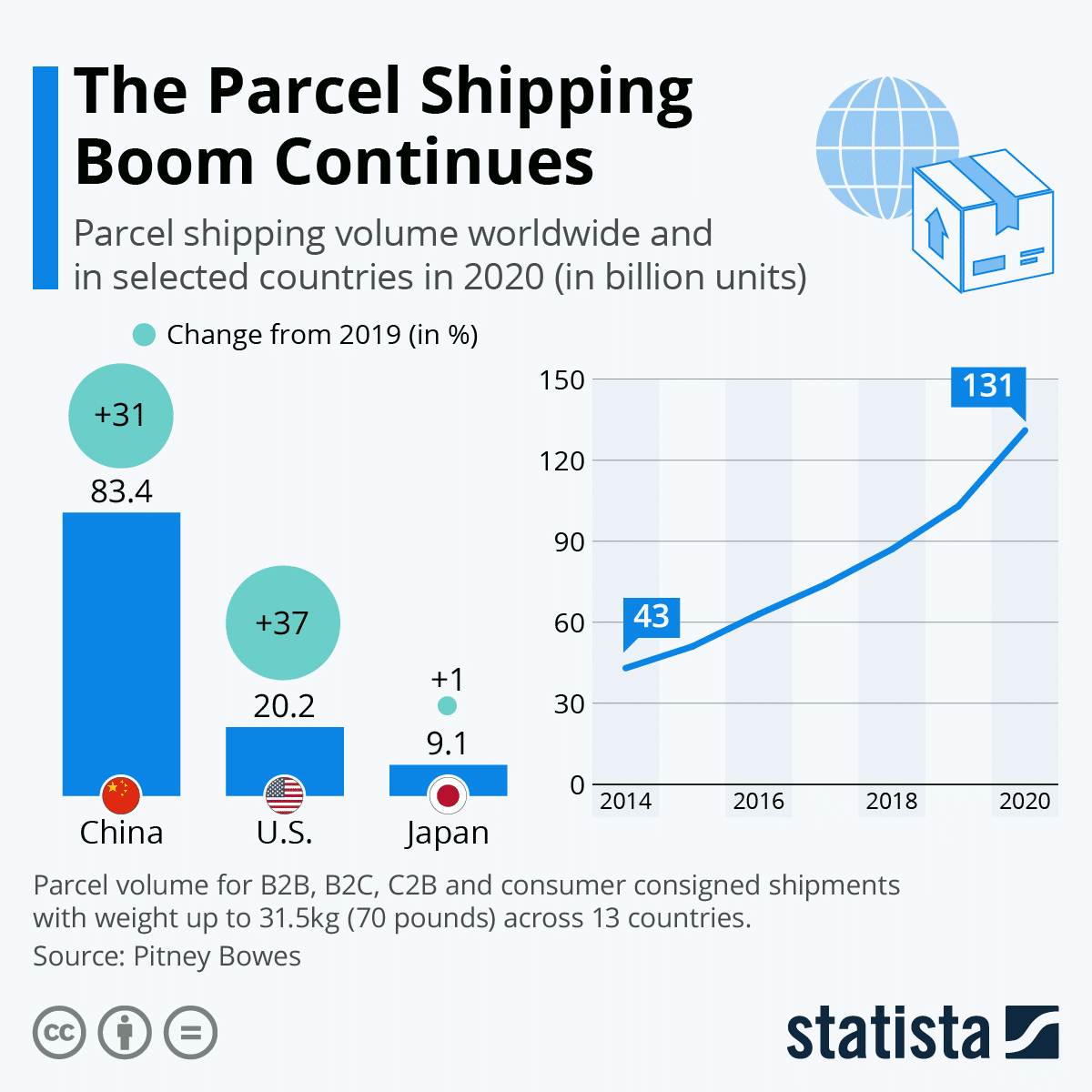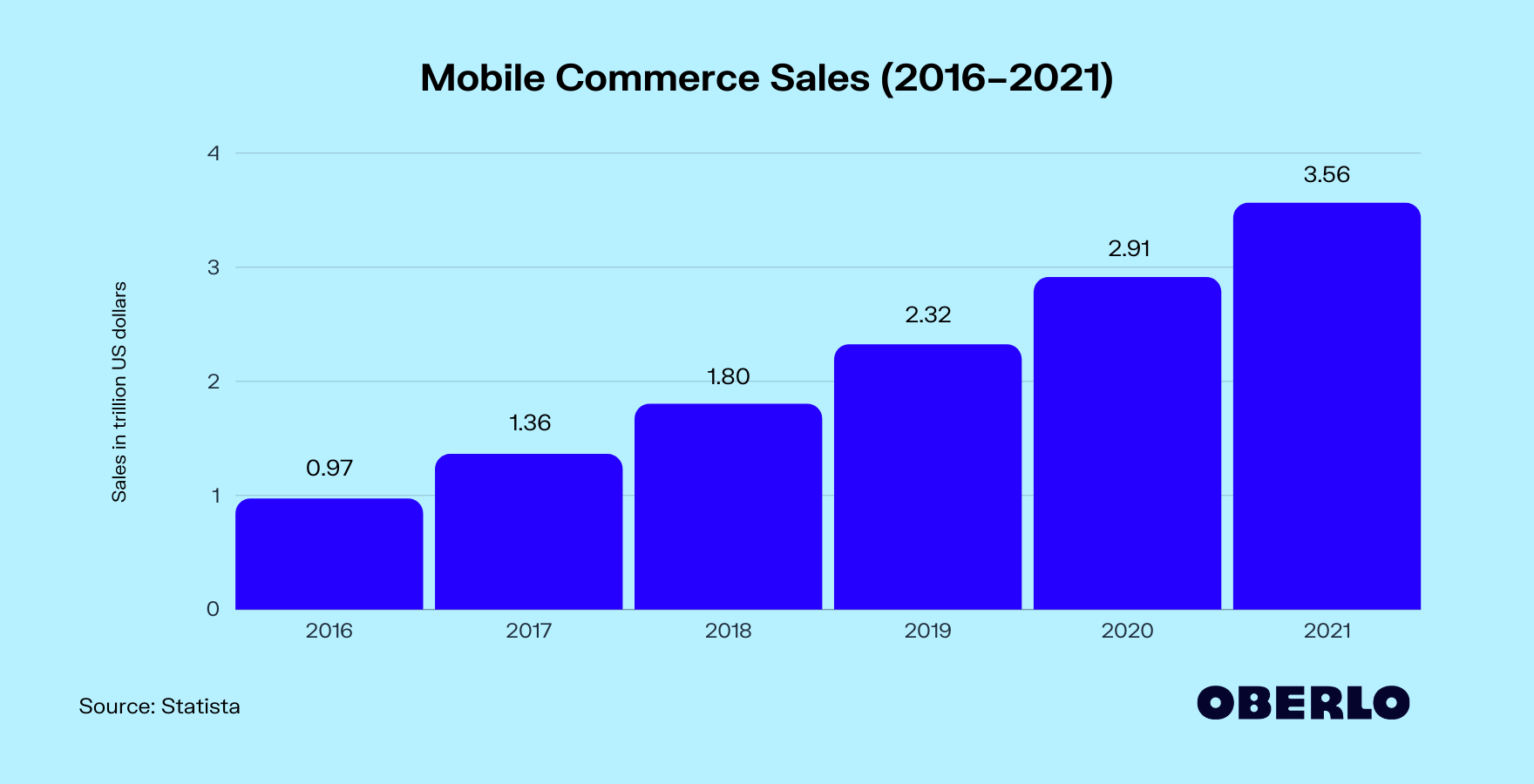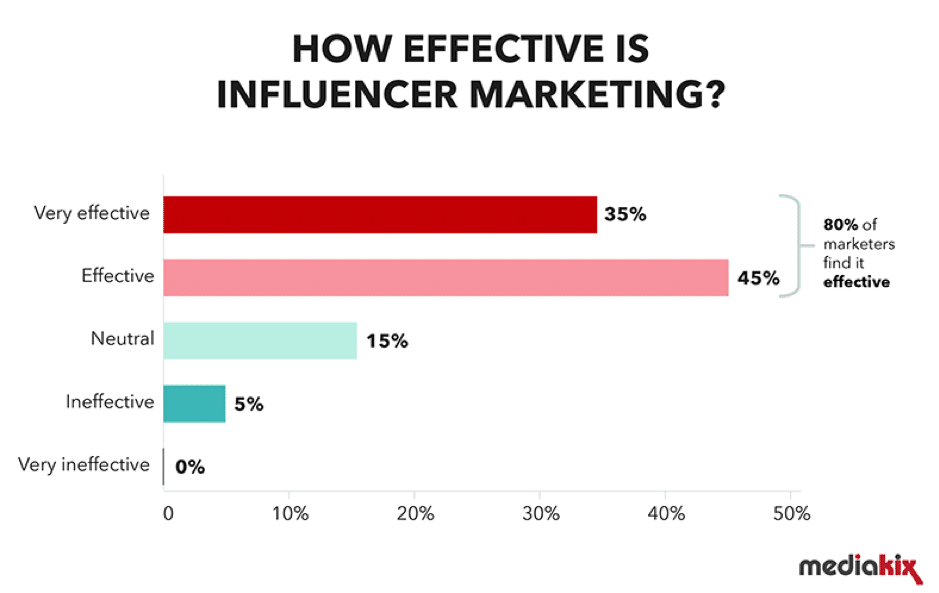If you’re unsure about which hours will see a heavier load, you can always use statistics and analytics to determine when your customer service portals see the highest demand and distribute agent hours accordingly.
One option worth considering is live chat. This lets customers connect with your company at all hours of the day (and night), making it easier to resolve issues round the clock. You could also host your contact centers in different countries, so you maximize the number of time zones your centers cover.
11 Best Practices to succeed at international eCommerce
The world of international ecommerce is always growing and changing, which is why you’ve got to have the right tactics to handle that evolution. Here are 11 of the best practices you can use to succeed at international ecommerce.
-
Research international markets using these free tools
Knowledge is power, so it’s useful to arm yourself with as much of it as possible. Some of the best tools for doing this for free include:
2. Start small
Sometimes, it’s a good idea to start off slowly instead of immediately expanding all the way.
In this case, that can mean beginning your journey to becoming a global ecommerce brand with a smaller-scale expansion. You could add one or two countries to the list of places you ship to and market within, for example, or you could offer a limited product range before expanding.
If the response is overwhelmingly positive, you can always keep scaling up from there. Your customers will be able to see that you’re committed to expanding sustainably and continuing to provide great service throughout the process.
It’s much more difficult to make ‘oops, we scaled too quickly and now we have to stop shipping to your country’ look good, by contrast.
3. Use international marketplaces (to start with)
If you’re using a platform that’s restricted to just one country, it’s well worth making a platform migration to a global solution- it’s easier than it sounds and it’ll create lots of opportunities for you.
At the same time, you can also choose to start out by offering your products on established international marketplaces like Amazon. This lets you start making sales while you’re still figuring out the details.
Once you’ve established your client base and secured a steady demand, you can then make the leap and move away from these marketplaces and onto your own platform.
4. Localize everything
As mentioned, localization is about more than just translation. It includes things like adjusting cultural references to suit different audiences, as well as re-fitting your products within new contexts.
One example of localization is in search engine optimization (SEO). A keyword might perfectly translate into a target language, but the translated word might not be relevant to the new language’s search engine algorithm.
On a more tangible level, product offerings are a major part of localization. Clothing retailers will know well that southern hemisphere countries like Australia don’t demand summer clothes at the same time as the US or Europe, for example.
The best way to approach localization is to include every aspect of your ecommerce store in the localization project. That means that if you’re focusing on content marketing, your content needs to be made accessible to every customer in every location you’re marketing in.
5. Set up local preferred payment options
In 2020, the top online payment (digital or mobile wallet) accounted for less than half of all online transactions.










